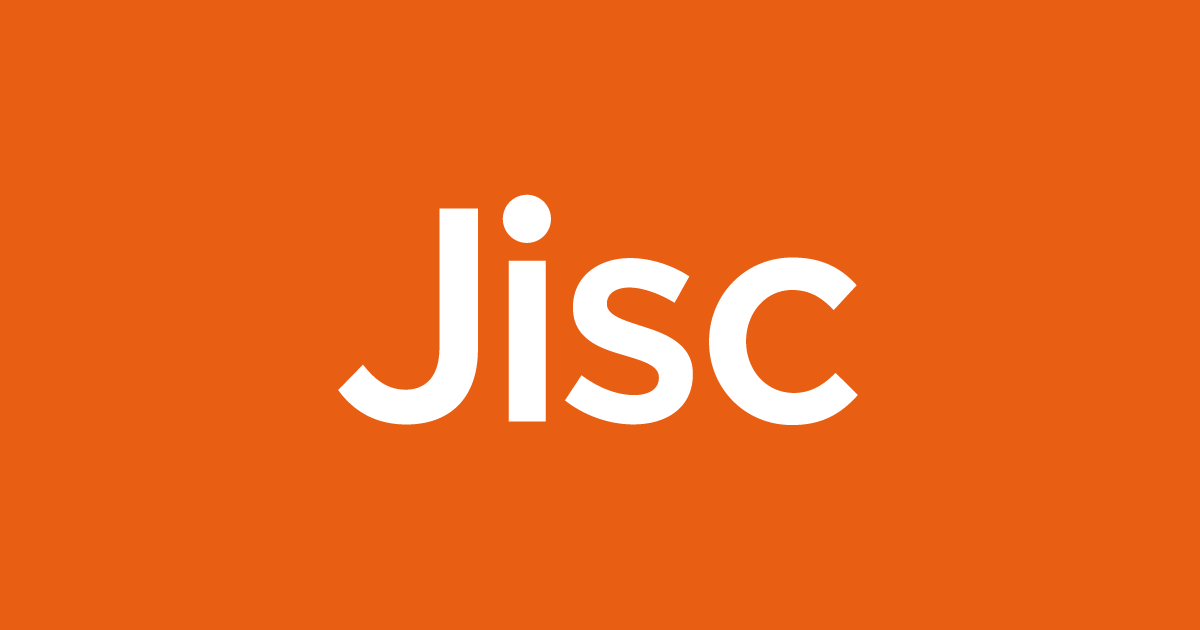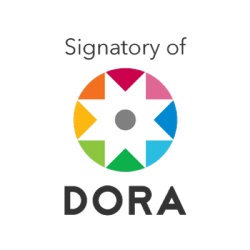The Impact of Corporate Social Responsibility on Brand Equity via Structural Modeling: A Case Study of Mobile Phone Users in Laghouat.
Abstract
This study aimed to determine the impact of corporate social responsibility on the brand equity of mobile phone users. Structural equations served as a primary methodology and experimental approach, employing various advanced methods and techniques within the humanities domain. The study delineated its parameters through an independent variable encompassing corporate social responsibility to stockholders, the environment, customers, and the local community, while brand equity served as the dependent variable. To fulfill these objectives, a questionnaire was formulated and distributed to a sample comprising 354 subjects. The gathered data underwent analysis using SMARTPLS software. The findings revealed a significant effect of corporate social responsibility, accounting for approximately 32.2%, on the brand equity of the Ooredoo company. Consequently, the study recommends that companies invest in CSR activities to foster a sustainable brand and attain enhanced brand equity.
Downloads
References
Aaker, D. (1991). Managing Brand Equity. Journal of Marketing, 56(2), 125. https://doi.org/10.2307/1252048
Al-hammouri, Q., & Abu-shanab, E. (2018). Exploring Factors Affecting Users’ Satisfaction Toward E-Learning Systems. International Journal of Information and Communication Technology Education, 14(January), 44–57. https://doi.org/10.4018/IJICTE.2018010104
Beran, T. N., & Violato, C. (2010). Structural equation modeling in medical research: a primer.
Carroll, A. B. (2015). Corporate social responsibility: Evolution of a definitional construct Evolution of a Definitional Construct, (October).
Dahlsrud, A. (2008). How Corporate Social Responsibility is Defined: An Analysis of 37 Definitions. Corporate Social Responsibility and Environmental Management Corp. Soc. Responsib. Environ. Mgmt., 13(November 2006), 1–13.
Haenlein, M., & Kaplan, A. M. (2017). A Beginner’ s Guide to Partial Least Squares Analysis A Beginner’ s Guide to Partial Least Squares Analysis, (December). https://doi.org/10.1207/s15328031us0304
Henseler, J., Ringle, C. M., & Sarstedt, M. (2015). A new criterion for assessing discriminant validity in variance-based structural equation modeling. Journal of the Academy of Marketing Science, 43((1)), 115–135. https://doi.org/10.1007/s11747-014-0403-8
Hong, S. Y. L., Ismail, M., & Yin, T. S. (2004). Corporate Social Responsibility in Housing Development–the Developers’ Perspective. Prres.Net, 1–14. Retrieved from http://www.prres.net/Papers/Yam_Corporate_Social_Responsibility_In_Housing_Development.pdf
J. hair, and m. sarstedt, and v. kuppelwieser. (2014). Partial least squares structural equation modeling (PLS-SEM) An emerging tool in business research. European Business Review, (February), 106–121. https://doi.org/10.1108/EBR-10-2013-0128
Krishnan, B. C., & Hartline, M. D. (2001). Brand equity: is it more important in services? Services Marketing, 15(5), 328–342.
Larsson, T., Plonsky, L., & Hancock, G. R. (2020). On the bene fi ts of structural equation modeling for corpus linguists.
Nachtigall, C., Kroehne, U., Funke, F., & Steyer, R. (2003). (Why) Should We Use SEM? Pros and Cons of Structural Equation Modeling, 8(2), 1–22.
Sarstedt, M., Ringle, C. M., & Hair, J. F. (2021). Partial Least Squares Structural Equation Modeling. Springer Nature Switzerland. https://doi.org/10.1007/978-3-319-05542-8
Selarka, B. and E. (2016). Corporate Social Responsibility Around the World — An Overview of Theoretical Framework, and Evolution. Book, 11–33. https://doi.org/10.1007/978-981-10-0925-9
Suhr, D. (2006). The Basics of Structural Equation Modeling. In University of Northern Colorado, 1–19.
W.Chin, W., & Newsted. (1999). Structural Equation Modeling Analysis with Small Samples Using Partial Least Square, (January 1999).
Wang, W. T., & Li, H. M. (2012). Factors influencing mobile services adoption: A brand-equity perspective. Internet Research, 22(2), 142–179. https://doi.org/10.1108/10662241211214548
Wood, L. (2000). Brands and brand equity: definition and management. Management Decision, 38(9), 662–669. https://doi.org/10.1108/00251740010379100

This work is licensed under a Creative Commons Attribution-NonCommercial 4.0 International License.




















